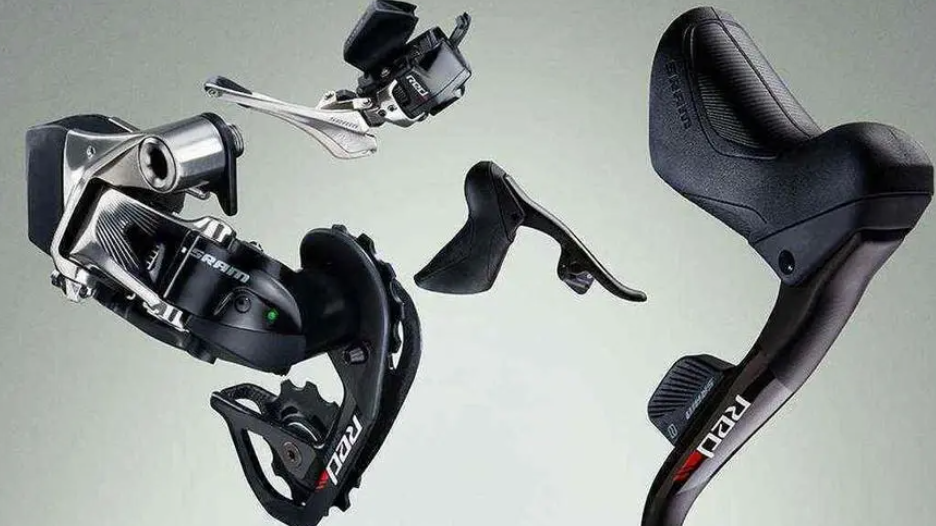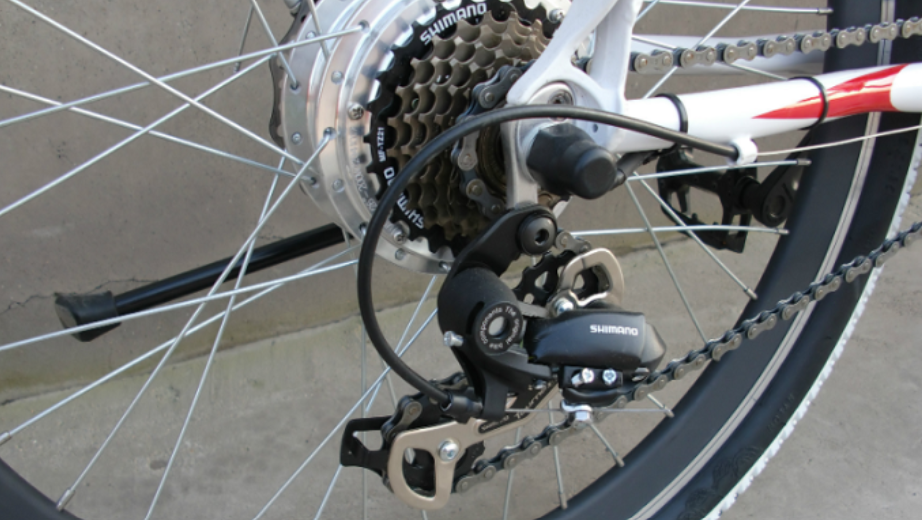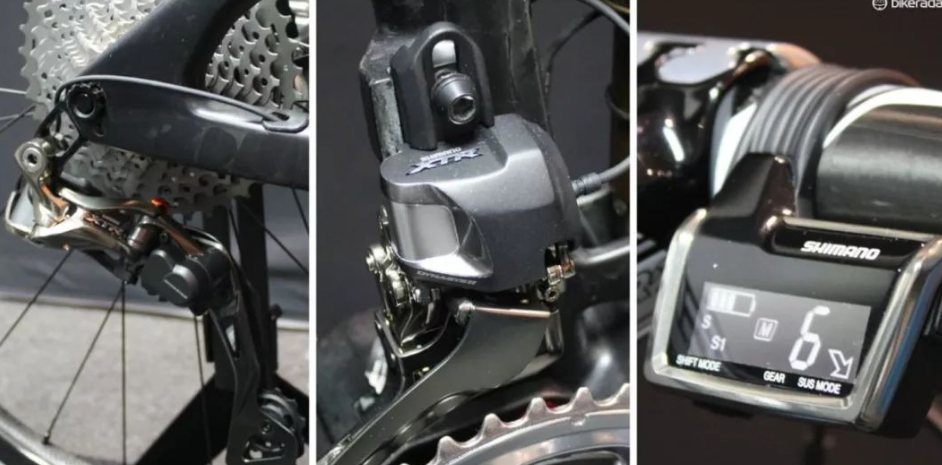The answer is unequivocal: the only real downside of an electronic derailleur system is its high price. Electronic derailleur systems and mechanical derailleur systems are not products of the same era at all. If your budget allows, please do not hesitate, choose the electronic shifting system.
The reason is very simple: no matter how good a mechanical shifting system is, it CANNOT achieve 100% precise shifting. This is a fatal flaw. We often see cases where the commands issued through the gear shifter are not executed correctly. You think you have shifted to a certain gear, but in reality, the mechanical derailleur system has not correctly executed your command at all. An electronic shifting system, on the other hand, does not have this problem.


Yes, Electronic derailleur system and mechanical derailleur system do have their own advantages and disadvantages.
Mechanical Derailleur
The mechanical derailleur system typically consists of simple mechanical components, making it more durable and reliable. Maintenance and adjustment of mechanical shifting systems are usually relatively straightforward, requiring no complex electronic equipment or specialized knowledge. Generally, the purchase and maintenance costs of mechanical shifting systems are relatively low. However, using a mechanical shifting system may require more force when shifting gears, which may be inconvenient for some riders or require adaptation. Mechanical shifting systems need regular adjustment and maintenance to ensure proper operation. Shifting with a mechanical system may not be as smooth as with electronic shifting, especially under significant load changes.
Electronic Derailleur
Electronic derailleur systems offer smoother gear shifts, without concerns about discomfort due to load changes. They can precisely adjust the position of each gear, providing a better riding experience. Shifting requires minimal effort, as it only requires a light touch of buttons or levers, reducing the rider’s physical exertion. However, electronic derailleur systems require a power source to function properly, and system failure can occur if the battery is depleted. Electronic shifting systems typically consist of more electronic components, making repairs and maintenance more complex, potentially requiring specialized knowledge or equipment. Compared to mechanical shifting systems, the purchase and maintenance costs of electronic shifting systems are usually higher.
In general, mechanical derailleur systems offer high reliability, ease of maintenance, and lower costs, but they require more physical effort in operation, need regular upkeep, and may not provide precise or smooth shifting. On the other hand, Electronic derailleur systems provide smoother and more precise shifting, requiring less physical effort to operate. However, they rely on a power source and can’t function without electricity, and they are indeed quite expensive.
By the way, SUMLON has been manufacturing bicycle parts for over 15 years. Contact us if you are looking for a bike parts factory or a one-stop wholesaler. Peace




